GUEST BLOGGER CHRISTINE VAN ZANDT
Most of us know that a monarch butterfly needs milkweed to survive, but we probably don’t know why. Not specifically anyway. Curious? Give this lesson a try.
Lesson prep
Milkweed for Monarchs is a lyrical, nonfiction picture book for grades TK-6. The book begins with a female monarch butterfly returning from overwintering (pages 2-7). The story follows one monarch through four stages of its life cycle, including metamorphosis.
Read the main text (which is a poem) adding in the sidebars (facts) along the way. If you’d rather, you can also add the facts during the second pass through the book.
Stage 1 = Egg (pages 8-13)
When female monarch butterflies are ready to lay eggs, they search until they find a milkweed plant because milkweed is the only plant their caterpillars can eat.
- Talk about how choosing the right place to lay eggs is important (page 8).
- Ask kids why they think a butterfly lays 300-500 eggs; they are about the size of the period at the end of this sentence. What would hundreds of eggs look like as a drawing? (page 10)
- Look at the close-up drawing of eggs (pages 12 and 13). What details can you see in these illustrations?
Stage 2 = Larva or caterpillar (pages 14-23)
Monarch caterpillars start eating as soon as they hatch, often eating the leaf they’re on. When that leaf is gone, they move to another one on that milkweed plant or on a nearby milkweed plant.
- Look at the newborn caterpillar (page 14). How did it get out of its eggshell?
- What does a monarch caterpillar eat? (page 15)
- A caterpillar can quickly drop and dangle from a silky thread. What superhero does that remind you of? (page 16)
- As a caterpillar grows, how does it look different from a newborn caterpillar? (pages 18 and 19)
- Caterpillar poop is called frass. Can you find the caterpillar poop on pages 20 and 21?
- Why is the caterpillar hanging upside down (page 23)? What do you think happens next
Stage 3 = Pupa or chrysalis (pages 24-30)
As monarch caterpillar readies for metamorphosis, it may choose a place that’s not on a milkweed plant so another caterpillar doesn’t eat that leaf out from under them.
- Look at the images showing how metamorphosis begins (pages 24-25). Have you ever seen a wiggly caterpillar shed its skin for the last time? The teacher could show video. There are many if you search online. Here is one example:
- The chrysalis on page 27 is not on a milkweed plant. Why do you think the caterpillar chose to make its chrysalis somewhere else?
- How does a butterfly get out of its chrysalis (pages 28 and 29)?
Stage 4 = Butterfly (pages 31-36)
A monarch butterfly may fuel-up on the nectar from a milkweed plant’s flowers. When flutters through the milkweed plant, it can dislodge milkweed seeds. The seeds use their fluff to float on the wind (like dandelion seeds). If the seeds land in a suitable place, they can grow into a new milkweed plant.
- Butterflies can’t fly when they first emerge from their chrysalis. Look at the picture on page 30 and guess why they can’t fly yet.
- After a few hours, the monarch can fly. Where do you think the newly hatched butterfly on pages 32-33 is going?
- We watched this female monarch grow from an egg to a caterpillar to a butterfly. What do you think she is doing on page 35?
Extending the investigation
Unfortunately, there is no longer enough milkweed to let monarchs complete their life cycles. Milkweed plants are cleared to make room for houses or agriculture. In home gardens, people aren’t choosing native plants and non-native plants can be harder to grow. When people apply chemicals to their plants or to the soil to keep their gardens looking perfect, that can harm all the insects in the garden that sip nectar or eat leaves.
- Review the four things that people can do to help on page 38.
- Brainstorm what else would also help the monarchs or other insects.
- Quiz your neighbor on the Fun Facts (page 38) and see how many of these questions they get right.
- The five senses are sound, smell, taste, touch, and sight. With which parts of your body do you hear, smell, taste, touch, and see? Learn where monarchs butterflies have their sense organs (page 39). Do they use the same body parts for sensing that people do?
Want more?
Download the Beaming Books’ free Educator Discussion Guide, which includes a poetry lesson plan, movement activity, glossary, and more.
Featured image credit: “Monarch Nectaring on Showy Milkweed Seedskadee NWR” by USFWS Mountain Prairie is licensed under CC BY 2.0.
Christine Van Zandt is an editor, writer, and award-winning author. Her nonfiction picture books include A Brief History of Underpants (becker&mayer! kids, 2021) and, Milkweed for Monarchs (Beaming Books, 2024). She lives in Los Angeles, California, with her family. Find her online at christinevanzandt.com, X/Twitter, LinkedIn, Facebook, Instagram, and Bluesky.


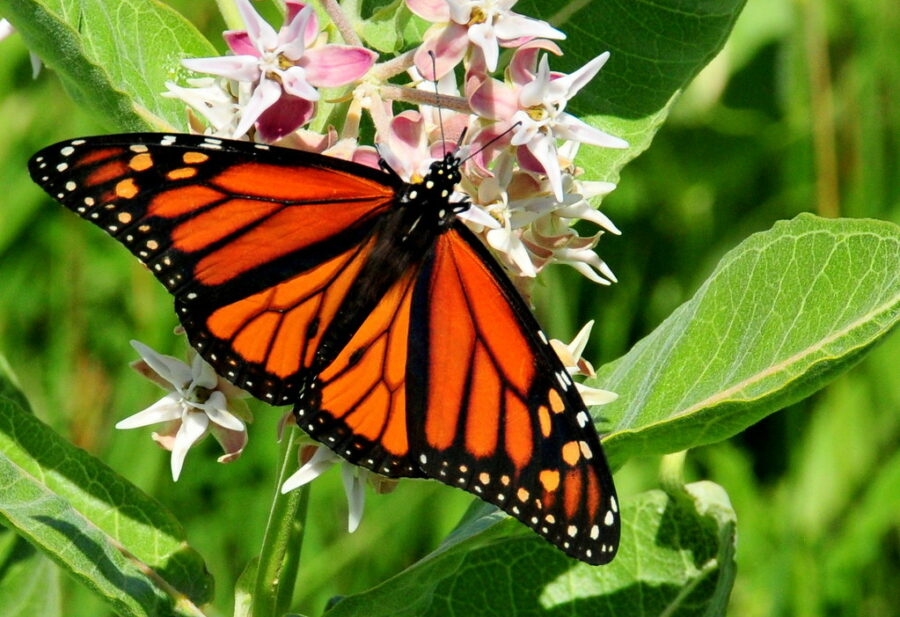

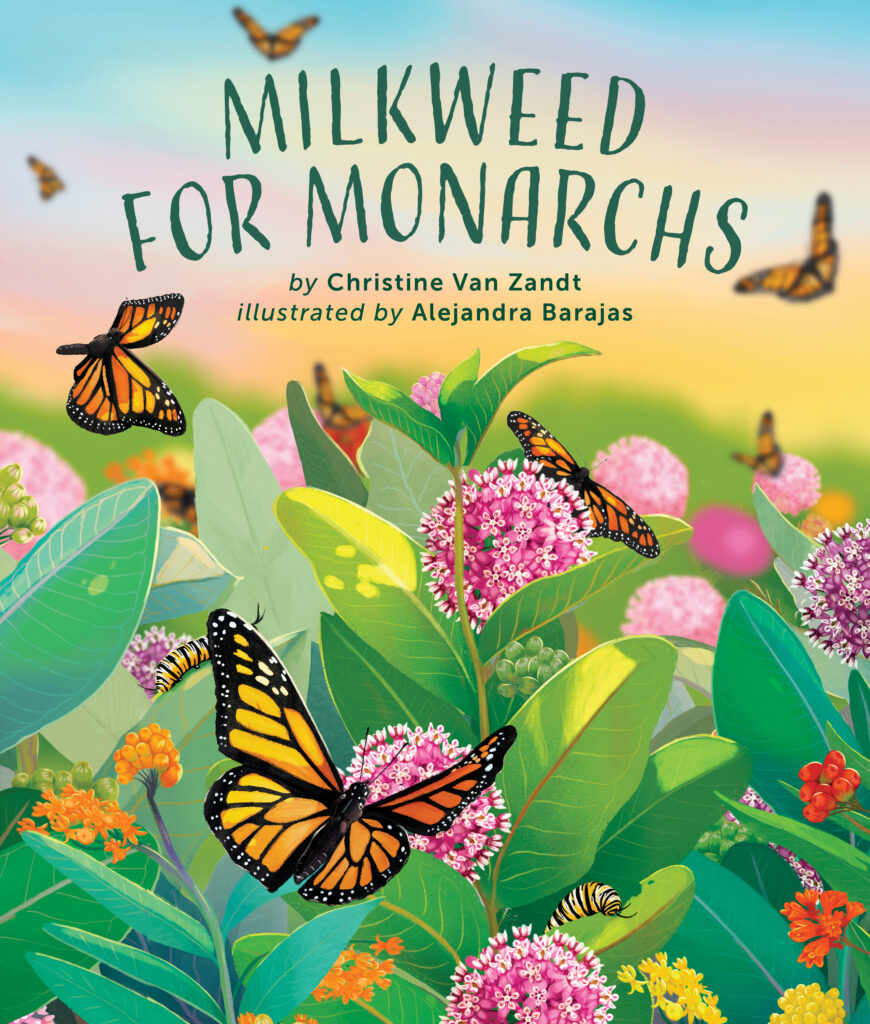
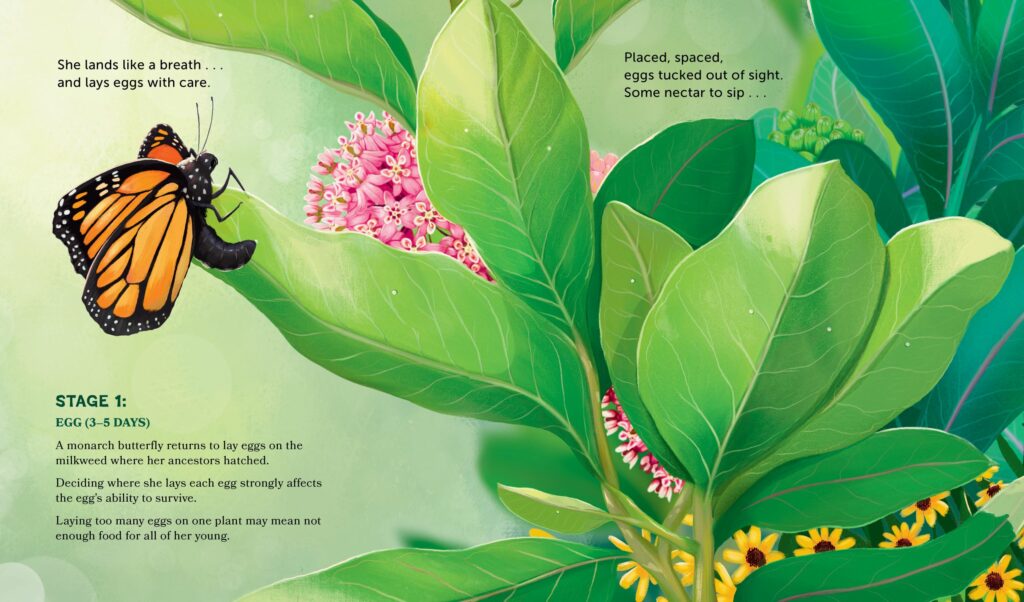



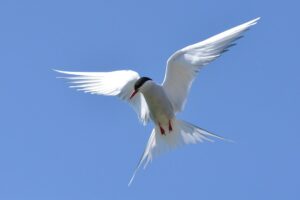

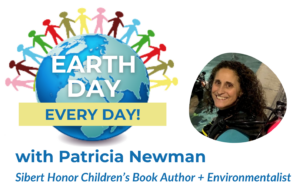
1 Comment
Leave your reply.